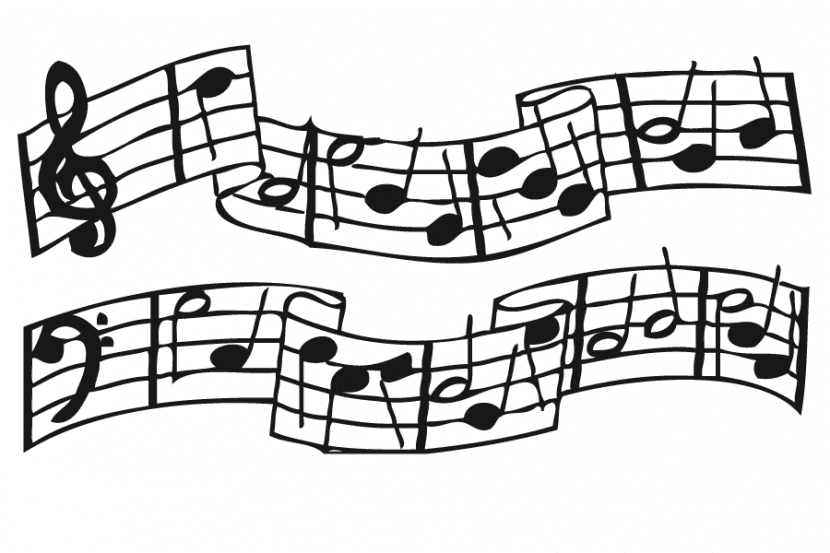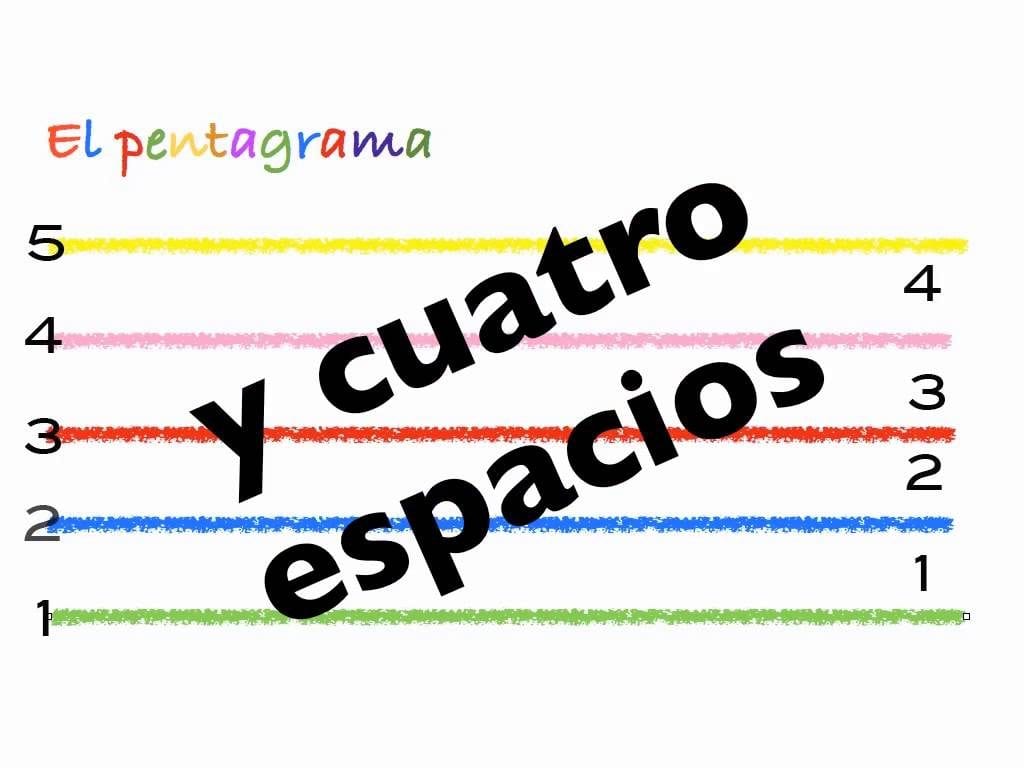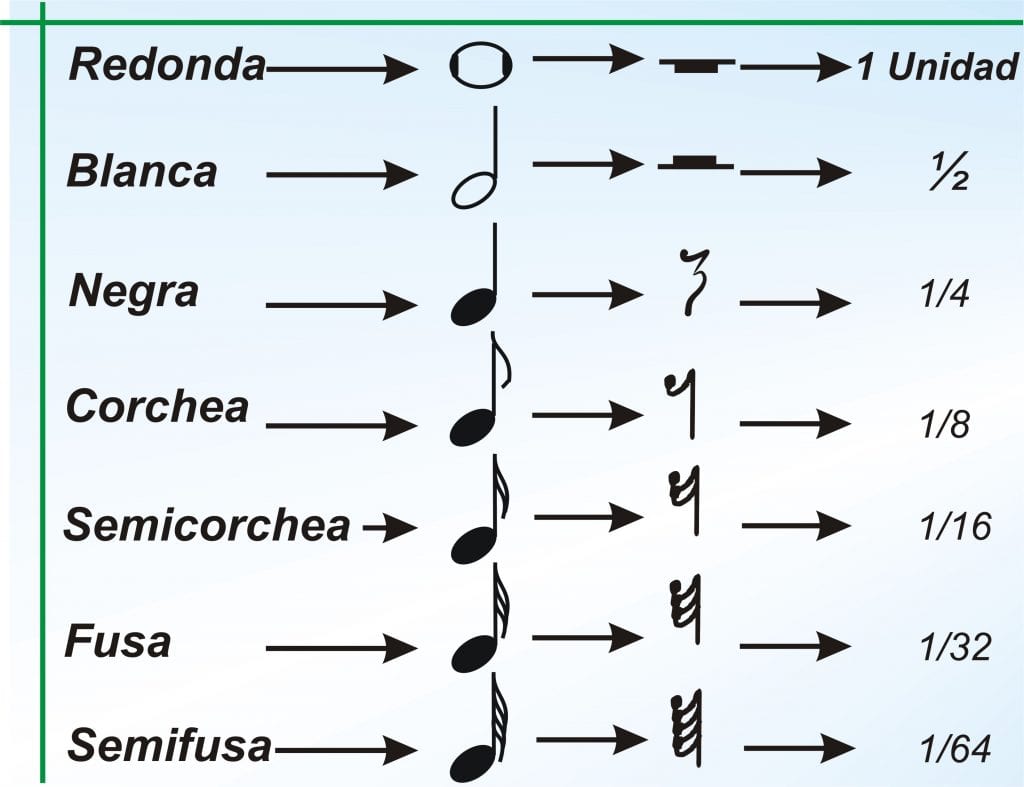
Conceiving music without the musical staff is almost impossible. Even for those who are not musicians and with minimal knowledge about this art. An example of this is listening to hot topics on the radio or Spotify.
In the same way that the generation Millennials is unable to imagine life without a Smartphone, the same happens with any composer or performer and the music notation system.
The music before the musical staff
For someIt is almost about talking about "music before music."
Facilitate the transmission of knowledge and alleviate the work of the memory of performers and musicians, were two of the compelling reasons that drove the creation of musical notation systems.
Because since the world is world and man is man, music has been present.
The birth of History is attributed to the appearance of written language. Although the establishment of the Pentagram as a system of musical notation (or of any of the previous methods to this one) does not mark the end of a Pre-Musical era, that would be the moment.
Evolution and oral dissemination
Both the "Official History" and the musical traditions, Before both could settle on paper and remain "in writing", they depended exclusively on orality for their dissemination and conservation. And like the first myths and legends, which each time they were transmitted from generation to generation included some variants, the same happened with sound forms.
The only "support”In which melodies, tones and chords could be stored was the memory of each person. And today, no one questions the subjective nature of memories. It should also be considered that, in the processes of mental preservation of any “sound file” within a human “hard disk”, other factors intervene. These would be the ear and the melodic capacity that each person possesses.
For all the above, it is constancy of the frustration that overwhelmed some of the early musical composers during the Old Age and the beginning of the Middle Ages. That each "composition" was always heard in the same way each time it was performed, was practically impossible.
First systems of musical notation
From Ancient Greece, musicians tried to capture melodies on paper, using visual criteria that could be interpreted as a uniform and unambiguous language.
From the revision of several documents of this time, it is established the existence of two systems of musical notation. One system would be used for choral singing and another for instruments. Both methods are alphabetical and very similar to each other.

Historians and music theorists claim that it is about flexible musical structures that lacked uniformity. Or at least they didn't show any obvious interest in getting it.
It has also been established as Greek composers represented the height of sounds (bass or treble). These are basic data that have reached us and the way in which the duration was established is not entirely clear.
On the other hand, images from Ancient Greece, in which scenes of people playing some musical instruments were captured, suggest that the musical notation system had primarily a didactic purpose. Rarely did pictorial representations include musical performers reading scrolls with the "scores." Memory and hearing seemed to be keeping time.
Spread by the Romans
The Greek system was adopted by the Roman Empire. Like what happened with mythology, the expansion of borders and the conquest of new territories by the imperial army facilitated its dissemination throughout much of what is now European territory.
With the fading of Rome and the rise of the Byzantine Empire, the cultural traditions born mostly in Greece and that were forcibly overcrowded, were undergoing new mutations.
Musical notation was one of them. That is how from Constantinople, although the "musical writing" maintained the original alphabetic essence, oriental elements were incorporated.
The greatest concern of the musicians of this period, continued to be the way of ensuring that the transmission of musical patterns ceases to depend almost exclusively on oral tradition and of the collective memory. In the same way, they were concerned with achieving the unification of songs and chords, to limit free and improvised performances.
Establishment of pneumatic notation
According to the new imperial unit it broke the Roman paradigms, on a musical level, pneumatic notation opened up spaces, until it was established between the XNUMXth and XNUMXth centuries, as the "dominant" system, mainly in the Gregorian Chants. Let us not forget that secular music maintained a "free" and "spontaneous" character.
Neumes are graphic signs that are written above the text and represent one or more sounds.
However, this system was more imprecise than the alphabetic notation, since neither the rhythm nor the scale were established. The rhythm was directly conditioned to the text, so the "composer" did not have to specify it.
La Pneumatic notation also required prior knowledge on the part of the interpreter of the melody represented graphically. Without this information, deciphering the symbols was impossible.
Musical notes and the birth of the tetragram

Guido of Arezzo He is one of the most important figures in the Universal History of Music. To this italian monk, who lived between the years 991 and 1050, the names of the musical notes are due to him. Until well into the Middle Ages, the first seven letters of the western alphabet were used to represent the height of sounds.
Arezzo is also the responsible for the implementation of the Tetragram, method of musical notation that would lay the foundations of the definitive staff.
With the appearance of this system made up of four horizontal lines, parallel, straight and equidistant, the composers finally had a unified support that allows them to leave “in writing” all the elements that make each piece of music unique.
Already in the thirteenth century, Ugolino de Forlí added the fifth line, although it would not be until two centuries after that its implementation was definitively imposed.
The Pentagram: no room for inaccuracies
In addition to the musical notes, in the Pentagram a series of signs used by music writers to indicate time signature, tempo, and even character of a composition.
Conclusion five lines and four spaces where everything is defined with mathematical exactitude. In addition, additional lines can be set at the top for very high sounds, or at the bottom for the lower ones.
Image sources: Coloring Pages / Music on your fingers